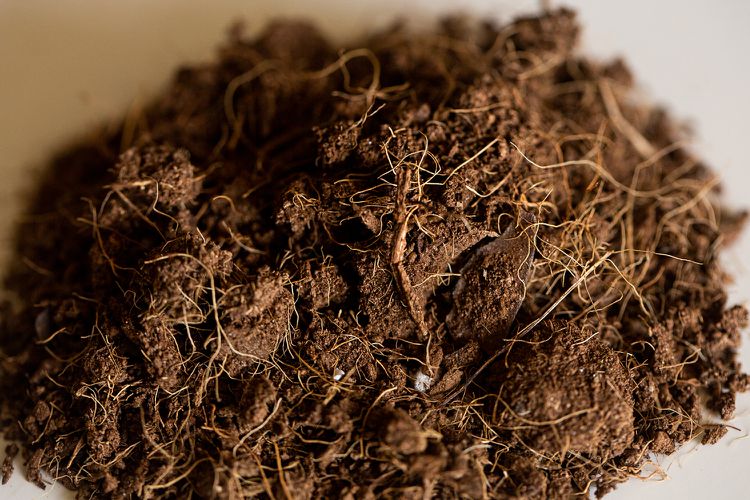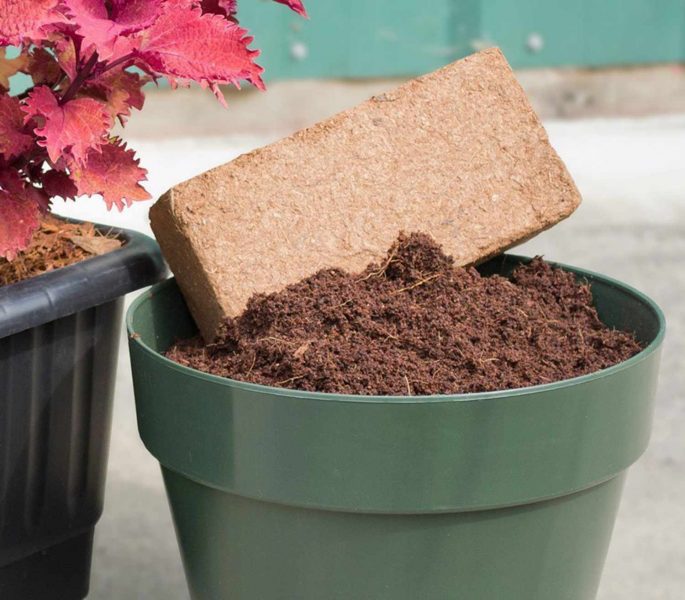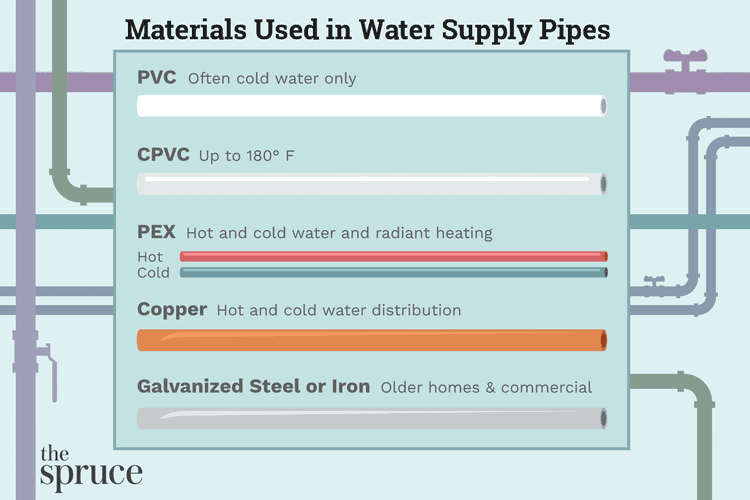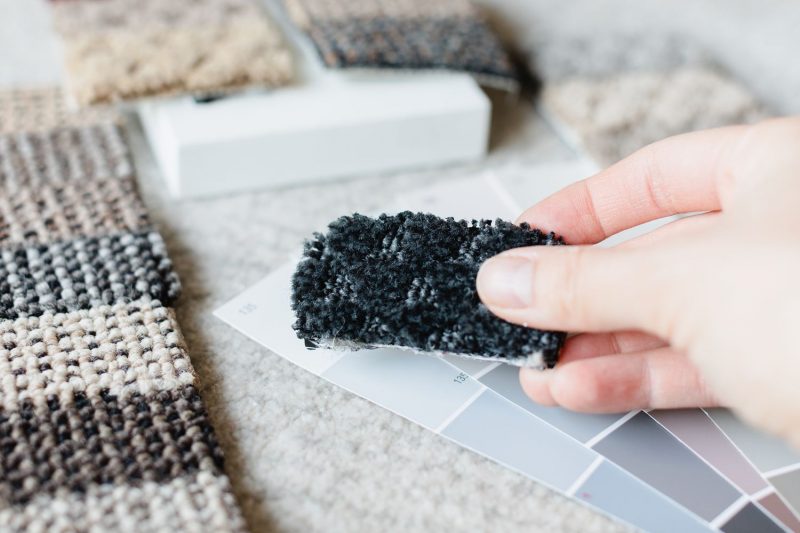
Coconut coir, pronounced as COY-er, is a byproduct derived from coconuts, serving multiple functions. The fibrous outer layer of the coconut’s inner shell is treated and utilized in the production of items such as mats, ropes, brushes, and upholstery filling.
You may know about coir doormats and coir liners for hanging baskets. The natural fibers from coconut coir are resistant to decay, making them an ideal choice for outdoor gardening applications.
Discover the rising popularity of coconut coir as a potting medium and natural soil enhancer, and explore the ways it can enhance your gardening experience.
Contents
The Applications of Coconut Coir in Gardening
In addition to serving as a liner for hanging baskets, coconut coir is frequently incorporated into potting mixes for seed germination. It is also utilized for garden beds and container gardening, and is a popular choice for soilless mixes in hydroponics and for supporting climbing plants.
Coconut coir serves as a soil enhancer suitable for all soil types. It enhances soil aeration, even in saturated conditions, and helps retain moisture.
Coconut coir retains 30% more moisture compared to peat and is significantly simpler to rehydrate when it dries out. It aids in breaking up compact clay soil and enhances drainage. Additionally, it enables sandy soil to retain moisture for an extended period.
What does air porosity mean?
Porosity describes how easily air and water can move through your soil. Since plants rely on both air and water for their growth and survival, ensuring that your soil has the right level of porosity is crucial for their health.
Benefits of Choosing Coir Instead of Peat
The formation of peat spans several centuries. While numerous respected companies in the peat sector are striving to extract and manage peat in a responsible and sustainable manner, the overwhelming demand necessitates the exploration of alternative materials.
Coconuts are cultivated year-round and can be collected every couple of months, contributing to their sustainability. Below are the benefits of opting for coir over peat:
- Coir decomposes at a slower rate compared to peat, which allows it to remain in the soil for a longer period.
- It is devoid of any weed seeds and is completely sterile.
- The soil pH is typically less acidic, falling between 5.8 and 6.8. In contrast, peat has a pH level that ranges from 3.5 to 4.5.
- Coir enhances the air permeability of soils, even in damp conditions, while also boosting their ability to retain moisture.
- As the pH of coir is naturally neutral, there is no need to incorporate lime to balance the soil’s acidity.
- Rehydrating after drying is simpler, allowing plants to bounce back from drought more rapidly. Consequently, this leads to water conservation, as irrigation needs are reduced.
Drawbacks of Utilizing Coir
Coconut coir presents certain drawbacks when used as a gardening medium. Below are the disadvantages:
- Coir is densely packed and needs appropriate treatment to be loosened for gardening applications.
- Due to its ability to hold moisture, there is a possibility of salt accumulation in the soil.
- Coir lacks significant amounts of other essential nutrients. Nevertheless, it is relatively abundant in potassium and several other trace elements.
- Coir tends to be pricier and can be more challenging to locate compared to peat.
Varieties of Coconut Coir Products
Coconut coir is known by various names. It can be found under labels such as coir-peat, coco-peat, coir fiber pith, coir dust, and other comparable brand names. The dark brown coir is derived from fully matured coconuts.
White coir, characterized by its finer and softer texture, is derived from unripe green coconuts. Below are the various forms of coconut coir available for gardening purposes.
Masonry and Cubes
Horticultural coir is a material similar to peat, typically available in compressed bricks or blocks. However, locating these coir bricks or blocks can sometimes be a challenge. Once you manage to find them, it’s important to avoid using them immediately after unpacking. The blocks require adequate soaking prior to their application.
To achieve a loamy consistency, it’s essential to soak the coir brick. An 11-pound brick, measuring roughly 12.5 x 12.5 x 8 inches, can yield around 16 gallons of coir.
Follow these straightforward instructions to revive your block of coir:
- Locate a spacious container: Put the coir brick into a roomy container. The brick will expand to approximately six times its original size, so ensure the container is sufficiently large to accommodate it.
- Follow the label’s guidelines for adding water: For an 11-pound block, the recommendation is usually 5 quarts, although you might require additional water.
- Assist in the rehydration process: After approximately 15 minutes, the outer layer of the brick will begin to soften. To expedite this, break apart the softened areas to enable the water to penetrate deeper into the core. Don’t be concerned about the mess. Once the entire brick is uncovered, it will soak up the water.
- Prepared for application: Once the entire brick has broken down, the coir is ready for utilization. It will stay loose, even in a dry state, and will endure for many years.

When the coir brick takes in moisture, it begins to soften and break apart. Photo © Marie Iannotti
Chips
Coconut husks are processed into coir chips, which are packaged and utilized to improve soil aeration. These chips are coarser compared to the finer coconut coir, which is also employed to enhance soil quality. They are particularly well-suited for hydroponic gardening, as they provide excellent aeration while also retaining moisture.
Planting Mix
Coconut coir is also utilized in certain indoor potting mixtures. While many potting blends still incorporate peat, a resource that is not renewable, you can effortlessly create your own potting mix by combining coconut coir.
Coir, being both organic and free from pathogens, makes it a superb option for seed germination. When utilizing it for this purpose, it is generally advised that the mixture consists of no more than 40 percent coir.
Baskets
Pre-shaped coconut coir liners for baskets are designed to keep moisture in hanging plants that tend to dry out rapidly. These liners are available in both bowl and rectangular forms to accommodate various container styles.
Liners typically have a lifespan of one to two years before they start to look worn, influenced by factors such as their location (indoors or outdoors), environmental conditions, and the frequency of watering. Monitor their condition and consider composting them to enrich your garden soil.
Pots
When purchasing potted plants from a garden center, consider selecting pots crafted from coconut coir. This eco-friendly, compostable material is an excellent option for those aiming to create a sustainable garden. You can easily transplant the plant by placing the pot directly into the soil, which helps minimize the plant’s stress during the process.
Coco Poles
Coco poles, known as coconut coir poles, serve as a support system for climbing plants, aiding them in reaching greater heights. Species such as Monstera, Philodendron, and pothos thrive with the assistance of these poles.
These poles serve as effective substitutes for sphagnum moss poles, fulfilling a similar function. Nevertheless, coco poles might not hold as much moisture as their moss counterparts.

